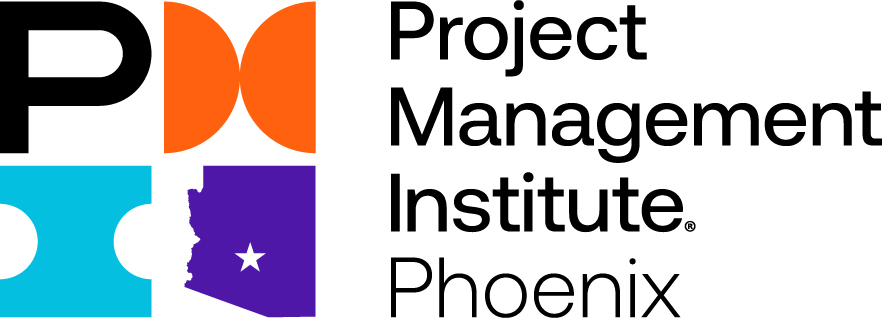Dawn Feltner has been a chapter member for almost 10 years and like many of us wonders where the time went. She joined PMI to obtain her PMP which she received shortly after joining in October of 2011. Like many of us, she was performing the work of a project manager long before before she learned of the title. Dawn stumbled on it while studying for the PMP. Once she started studying for her certification, suddenly there was a name, some tools and rigor to what she had been doing and it all clicked! Dawn was fortunate enough that her previous employer, Voya Investment Management, was willing to pay for a PMP boot camp and she had 6 months to study and pass the test. "I loved the classes and study groups, but put that test off until the last possible moment and passed (whew)!"
She is passionate about learning and emphasizes that it doesn't have to be solely academic. Dawn shared, "just listen to people around you (whether you agree with them or not), listen to yourself." The certification has opened professional doors and windows of learnings. "I've learned so much from others in this space and it's great when we can connect and share best practices as well as war stories!"
.
Dawn Feltner's personal motto, "If you don't swing you don't hit, so be brave, even if you miss, you learn. Say yes to opportunities that serve you! Live! I try to do a little something different each day since we don't know our expiration date." From a career perspective, Dawn shared, "don't be afraid to ask for help. It gets easier with practice."
When I asked how her what makes her unique it was that a communications major could somehow fit into a financial and technology field and make it this far, it was beyond her imagination. Dawn started her career as a radio morning show co-host for a country music station and at the time was not a country music lover.
Dawn's path to project management? "My project management journey started when I was a kid! I always liked organizing fun events... like getting a group of us to the water park or skiing for the day and it carried with me into my professional life." Dawn started doing corporate event planning, then assisting with IT transformations and a complete continuous improvement business initiative. Dawn Feltner now has a new title, she is a Change Manager for GoDaddy, which is becoming more entwined with traditional Project Management.
Dawn's proudest moment, winning the highest award at my previous company for helping to develop a training course on "Developing a Culture of Feedback" Her inspiration was seeing light bulb moments when people you work with understand and are excited for what's going on...whether its a project, during training or coaching. She is so thankful to have had a supportive workplace and leaders who walked the walk when it came to work life balance and that showed me how to integrate the two.
Dawn Feltner's, heros were her parents. They illustrated a strong work ethic, compassion, tenacity and humor. "You need to get it done while having some fun, her career attitude." The causes she cares about, AZ Helping Hands which provides basic needs for foster children in Arizona. She is on their Junior Board to help with scheduled events from a project process management perspective. It brings her joy to watch kids becoming who they are meant to be.
If she needs to balance her work and daily life she seeks nature. Dawn is a mountain, lake and wilderness seeker to find a bit of tranquility to slow down the chaos of life. Dawn's can do manner, impressed me and brought me a ray of sunshine.
